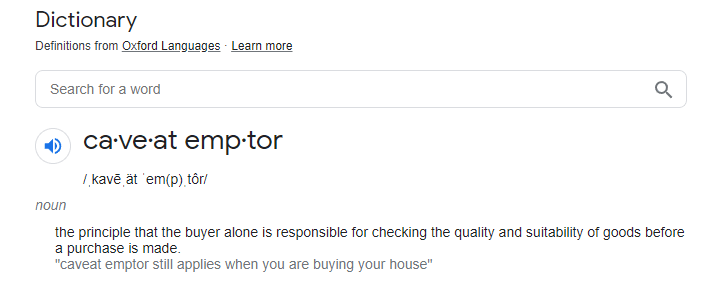HD10
Structural
- May 13, 2022
- 25
Hello........I have to perform a Structural Inspection for a house as part of the selling process where the seller wants to provide the report to the buyer. Any tips on how to prepare the report and what language to include with findings and recommendations.....any exclusions to make etc......,to minimize the liability would be greatly appreciated. If there is a template for such report available on some Engineering websites, please guide me to that. Or if someone has any such report template to share, that would be great starting point for me.
The issue prompting the inspection involves drywall cracks in couple of interior walls. The floors seem level and no cracks in floor tiles, ceilings etc. Any tips on how to approach this inspection, what items to consider, will also be great.
The issue prompting the inspection involves drywall cracks in couple of interior walls. The floors seem level and no cracks in floor tiles, ceilings etc. Any tips on how to approach this inspection, what items to consider, will also be great.

